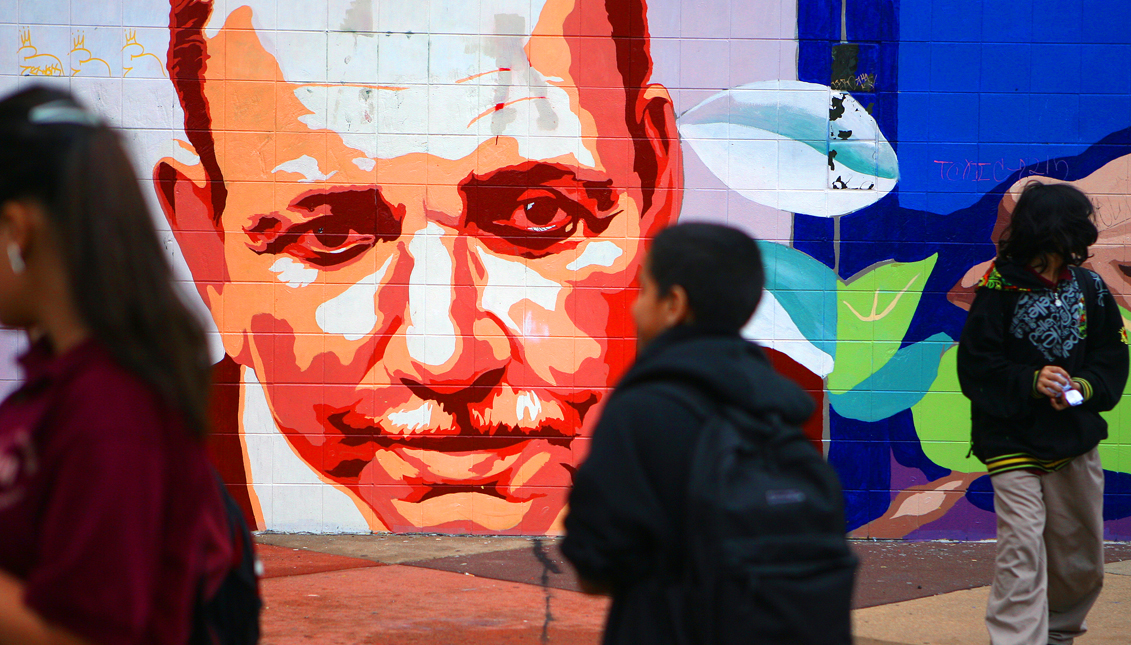
Starting the year fresh at Hon. Luis Muñoz-Marín School
AL DÍA speaks with the new principal of Muñoz-Marín, which was just designated as one of four new schools in the Philadelphia School District’s Turnaround…
On Wednesday, September 7, Philadelphia public schools opened for the academic year in what Dr. William R. Hite, called “the strongest position since I became Superintendent” in 2012. Financially, things are looking up for the Philadelphia School District, which has succeeded in stabilizing its budget after years of austerity. With less pressure to avoid spending, the district announced in March that it would add four new schools to its revamped Turnaround Network. One of those selected is Hon. Luis Muñoz-Marín School in North Philadelphia, whose student body is 81% Latino. To mark the start of the academic year, Dr. Hite paid the school a visit, and AL DÍA was invited to interview its new principal, Ariel Lajara.
Understanding the Turnaround Network
The Turnaround Network is the latest version of a Philadelphia School District initiative which began in 2010. You might remember it as the Renaissance Initiative -- it gave schools which did poorly on their School Progress Reports the option of either becoming a “Renaissance Charter,” operated by non-district actors, or a “Promise Academy,” operated by 50% or more new staff, but still within the district. Muñoz-Marín, whose scores have been on the lower end of the spectrum, was actually selected as a potential Renaissance Charter school for the 2014-5 school year, but the community voted decisively against leaving the district and the idea was dropped.
This year, the Renaissance Initiative was restructured and renamed. Some of the new resources available to Turnaround Schools like Muñoz-Marín are logistical, like the extra planning support teachers will receive every three weeks and the new technology purchased for classroom use. Class sizes have also been reduced to no more than 20 students per teacher for kindergarten, first and second grade. But by far the most controversial aspect of the Renaissance Initiative—the replacement of 50% or more of the staff—is still part of the Turnaround Network's strategy. That means that many of the teachers and administrators, including Principal Lajara, are new this year. The drastic change in staffing received pushback from teachers’ unions and their allies, especially at Muñoz-Marín. Ex-principal Ximena Carreño was quoted earlier this year expressing disappointment that so much of her staff, who had rallied together in 2014, would be transferred out of the school. But Lajara is optimistic that the turnaround model’s emphasis on community-building will do a lot to create a “positive peer culture” for teachers.
“It’s a very strong community, a very tight-knit community. If they feel like something’s important, they definitely come together and fight for it. That’s something that has occurred here in the past.”
Meet Principal Lajara
Lajara comes to Muñoz-Marín from Olney Charter High School, itself a Renaissance Charter where he was Assistant Principal. Lajara is from Harlem originally, but grew up in Philadelphia. “This community is one that’s rich, it’s one that’s known for multiple avenues,” he said. “It’s a very strong community, a very tight-knit community. If they feel like something’s important, they definitely come together and fight for it. That’s something that has occurred here in the past.”
Lajara wants to use the strength of the community to continue improving the school. “A lot of parents are coming in to meet with me and see if we can do volunteer hours here, things of that nature,” he said. He and his team are conducting a needs assessment for the first two weeks of the year, and then hoping to get back to parents about how they can be involved.
Lajara, who stressed attendance as one of the issues he hopes to address right away, also hasn’t hesitated to be in touch with parents on an individual level. “Every parent that I’ve come across, we’ve already gone through our 3-6-9 policy, and putting all the interventions in place to make sure their students are there on a daily basis,” he explained. His familiarity with parents is already a week old, as he and other officials devoted September 2nd to a community barbecue and supplies giveaway.
One of the most significant channels through which the school is working to nurture the Latino community is its bilingual program, which debuted last year for kindergarten through second graders, and which Lajara plans to expand by one grade each year all the way up to grade eight. The program has been an important hiring opportunity for bilingual teachers, and has also fostered a level of excitement for parents which Lajara describes as “through the roof.”
The turnaround model will provide Muñoz-Marín with three to five years of extra support, and then, if all goes well, the school will have made enough improvements to exit the program. In order to meet its goals, the model provides planning and coaching support to teachers once every three weeks.
Got questions about Muñoz-Marín?
For our part, we plan to check back in with Principal Lajara in about a month to find out what he’s learning from the Muñoz-Marín community. In the meantime, we’d love to hear from students and parents about your experiences with the school. We’ll take your experiences into account for our next interview.




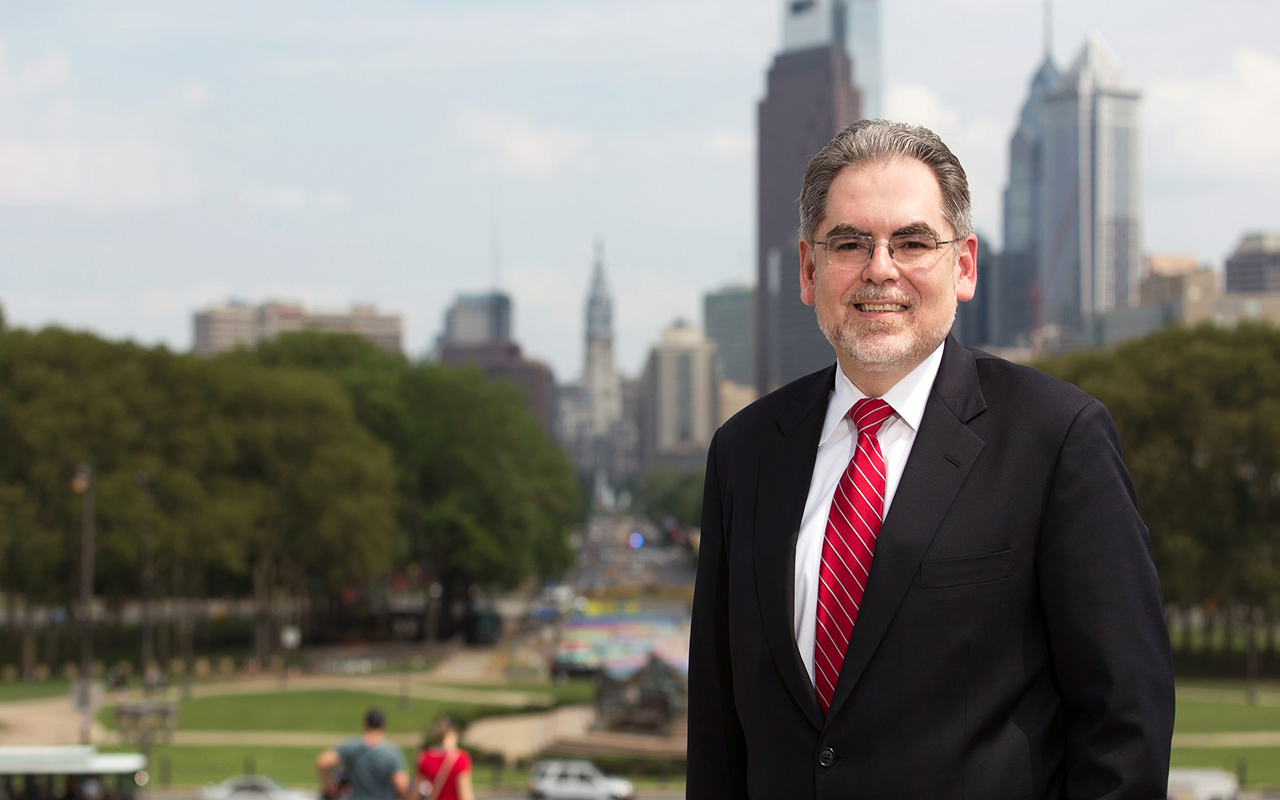

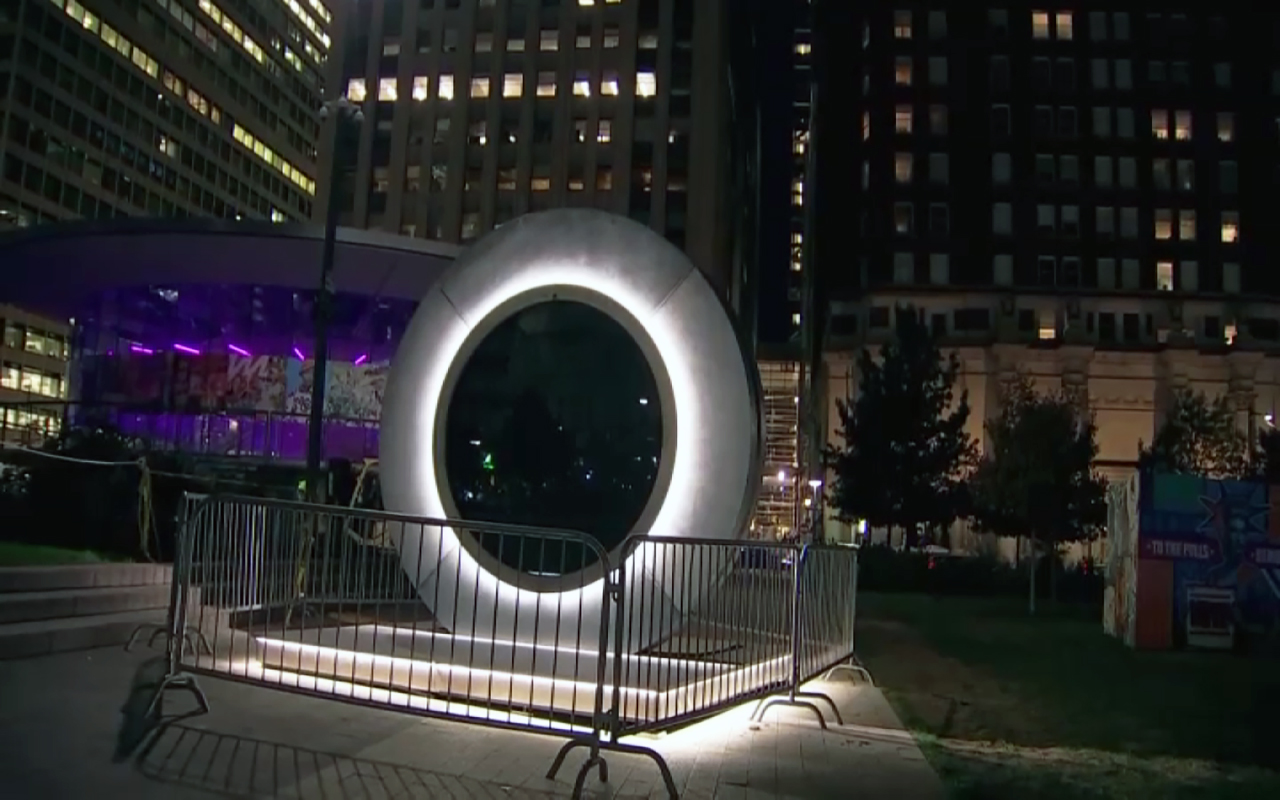
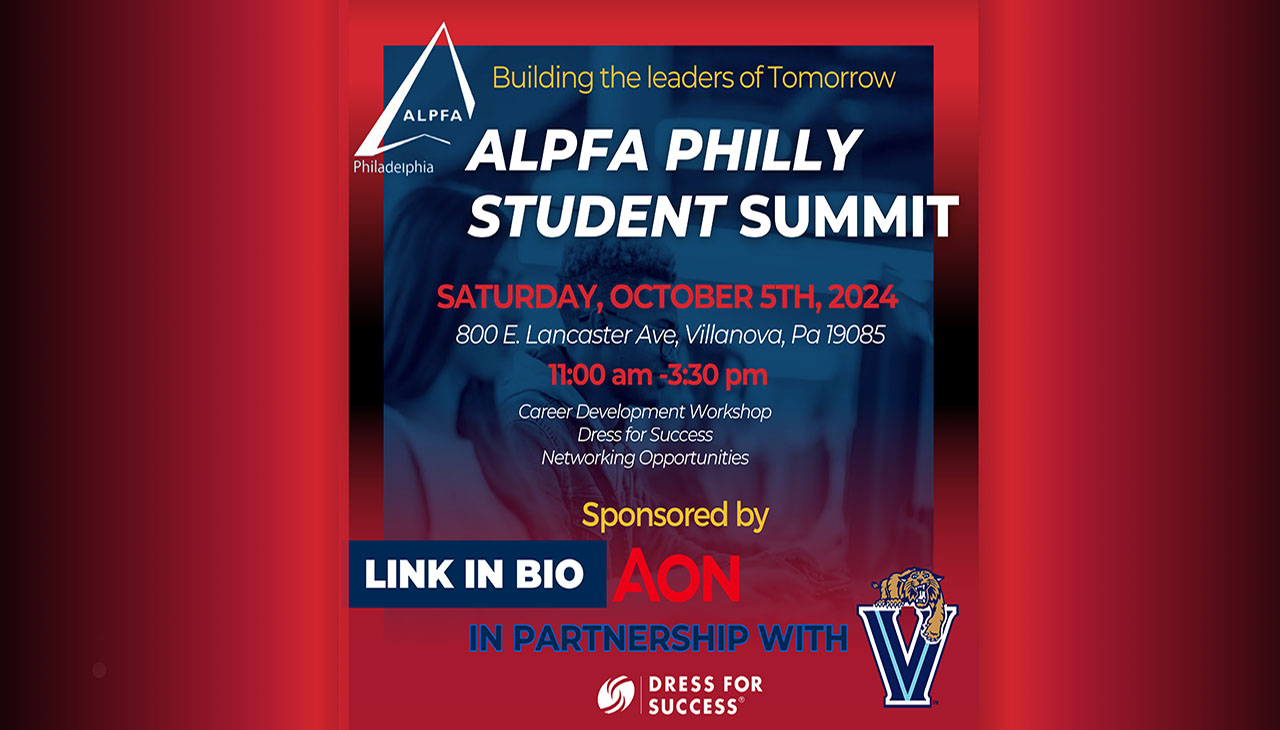

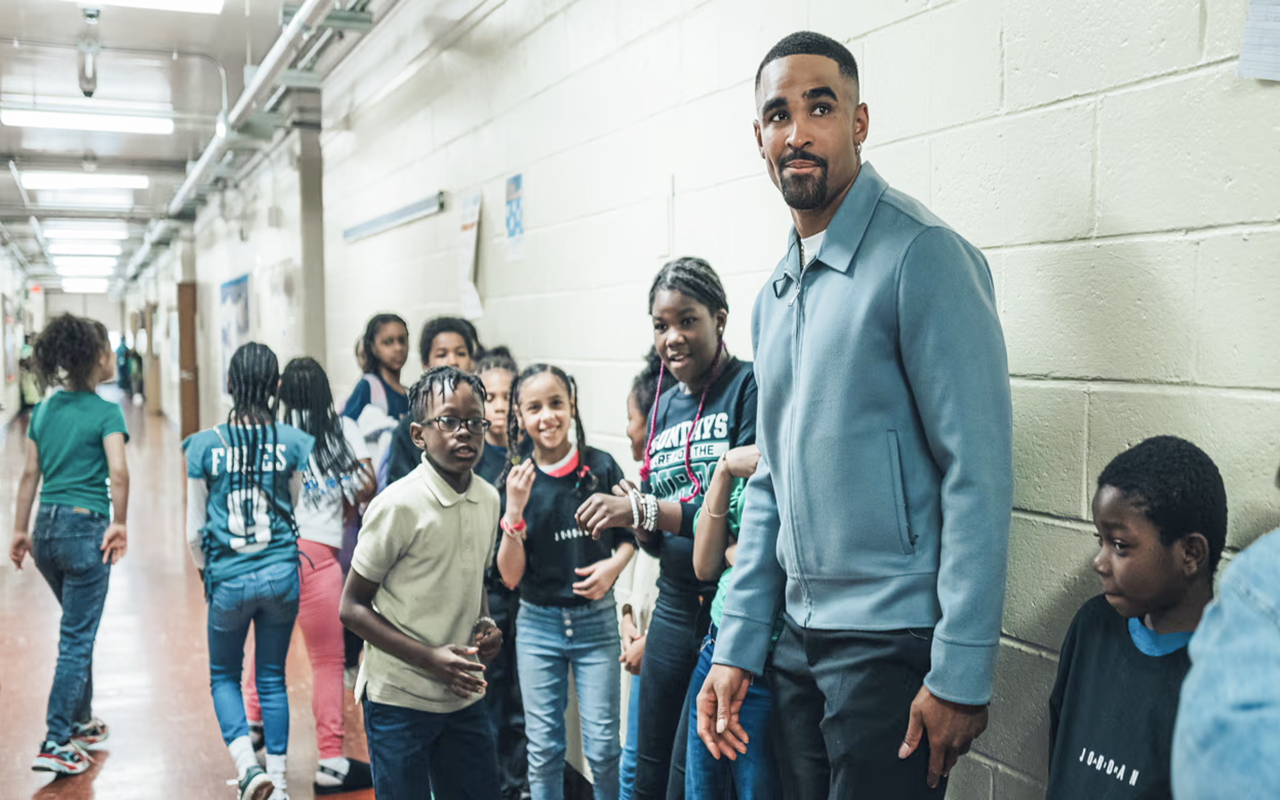
LEAVE A COMMENT:
Join the discussion! Leave a comment.